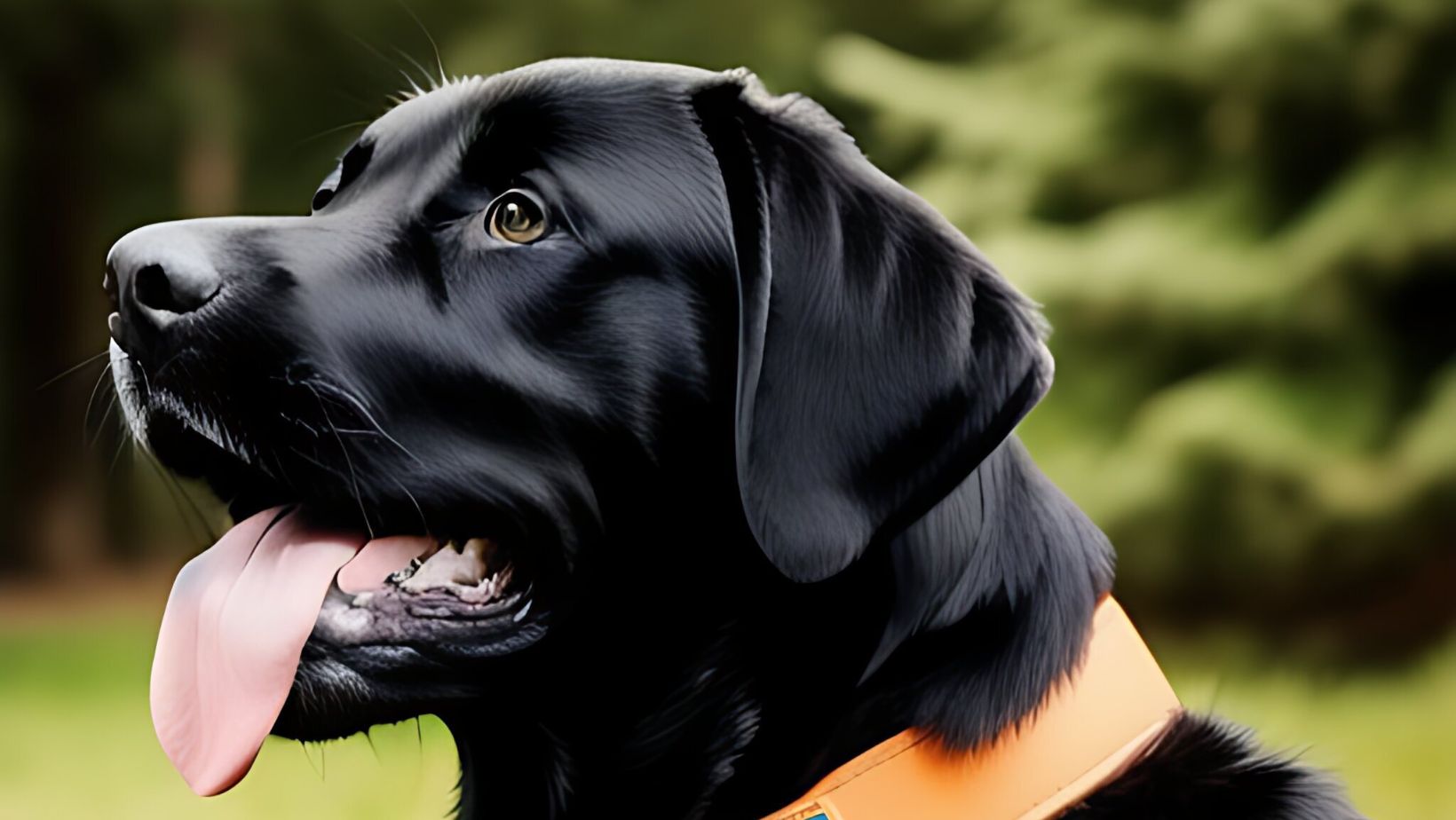How to Puppy Pad Train
Are you struggling with the process of puppy pad training for your Labrador? Well, I’ve got you covered! In this article, I’ll walk you through the steps to successfully train your adorable Labrador to use puppy pads. From understanding the importance of consistency to implementing positive reinforcement techniques, we’ll tackle it all.
Labradors are intelligent and eager to please, making them quick learners when it comes to potty training. By utilizing puppy pads, you can create a designated space for your furry friend to relieve themselves indoors. This is especially useful for those times when going outside isn’t feasible or during the early stages of potty training.
Establishing a Schedule for Puppy Pad Training
When it comes to puppy pad training, selecting the right pads is crucial. As a proud Labrador owner myself, I understand the importance of finding pads that are not only effective but also suitable for my furry friend’s needs. In this section, let’s explore some key factors to consider when choosing puppy pads for your Labrador.
- Size Matters: Labradors are known for their size and energy, so it’s essential to opt for larger-sized puppy pads. These pads should provide enough space for your pup to comfortably do their business without any accidents spilling over onto your floors. Look for dimensions that can accommodate your growing Labrador throughout their training journey.
- Absorbency Level: Labs have a tendency to produce more waste due to their size, so selecting highly absorbent puppy pads is vital. Opt for pads with multiple layers that can quickly lock in moisture and prevent leaks. This will ensure that your floors stay clean and odor-free while providing a comfortable surface for your pup.
- Leak-Proof Design: Labradors are active and playful by nature, which means they may tend to paw or chew on their puppy pads. Choosing leak-proof designs will help minimize any mess caused by accidental tearing or tampering with the pad. Reinforced edges or adhesive backing can provide added protection against leaks.
- Odor Control: Nobody enjoys unpleasant odors lingering in their homes, especially when it comes from pet waste. Look for puppy pads with odor-neutralizing properties or built-in deodorizers that help keep those unwanted smells at bay.
- Eco-Friendly Options: If you’re environmentally conscious like me, consider eco-friendly options when selecting puppy pads for your Labrador. Some brands offer biodegradable pads made from sustainable materials, reducing environmental impact without compromising performance.
Remember that each dog is unique, so feel free to experiment with different brands and styles until you find the puppy pads that work best for your Labrador. With a bit of patience and consistency, you’ll soon have your furry friend successfully using their designated pad area, saving you both time and stress in the long run.
Using Positive Reinforcement Techniques to Puppy Pad Train
When it comes to puppy pad training, introducing your Labrador to the pad is a crucial first step. This initial introduction sets the foundation for successful training and helps your furry friend understand what is expected of them.
Here are a few tips on how to introduce your Labrador puppy to the pad:
- Choose the Right Location: Select a quiet and easily accessible area in your home where you can place the puppy pad. Make sure it’s away from their sleeping and eating areas, as dogs naturally prefer to keep these spaces clean.
- Positive Reinforcement: Encourage your Labrador with positive reinforcement techniques. Start by placing treats or toys near the pad to create a positive association. Reward them when they show interest in the pad or even take a step towards it.
- Familiarize Them with Scent: Dogs have a strong sense of smell, so it’s helpful to use scent attractants designed specifically for puppy pads. These scents will help draw your Labrador towards the pad and encourage them to use it for elimination.
- Supervise and Redirect: Keep a close eye on your puppy during this stage of training. If you notice them sniffing around or showing signs that they need to go potty, gently guide them towards the pad using verbal cues like “potty” or “go pee.”
- Patience is Key: Remember that puppies take time to learn new behaviors, so be patient throughout this process. Accidents may happen initially, but avoid punishing or scolding them as this could create fear or anxiety around using the pads.
By following these steps and being consistent with their training, you’ll help your Labrador develop good habits and become familiar with using puppy pads for their toileting needs.
Remember, every dog is unique, so adjust your approach based on their individual temperament and progress. With time and consistency, your Labrador will become comfortable with using the pads, making your life as a pet parent much easier. When it comes to puppy pad training, establishing a routine is an essential step in ensuring success. This section will guide you through the process of creating a consistent schedule for your Labrador, making the training experience more effective and efficient.
Firstly, it’s important to understand that puppies have small bladders and limited control over their bodily functions. Therefore, setting up a regular feeding schedule is crucial. By feeding your Labrador at specific times throughout the day, you’ll be able to predict when they’ll need to relieve themselves. Aim for three to four meals per day, spaced out evenly.
In addition to meal times, designate specific potty breaks throughout the day. Take your Labrador outside immediately after waking up in the morning, after each meal, and before bedtime. This consistency will help them associate these times with going potty outside rather than indoors on the puppy pad.
